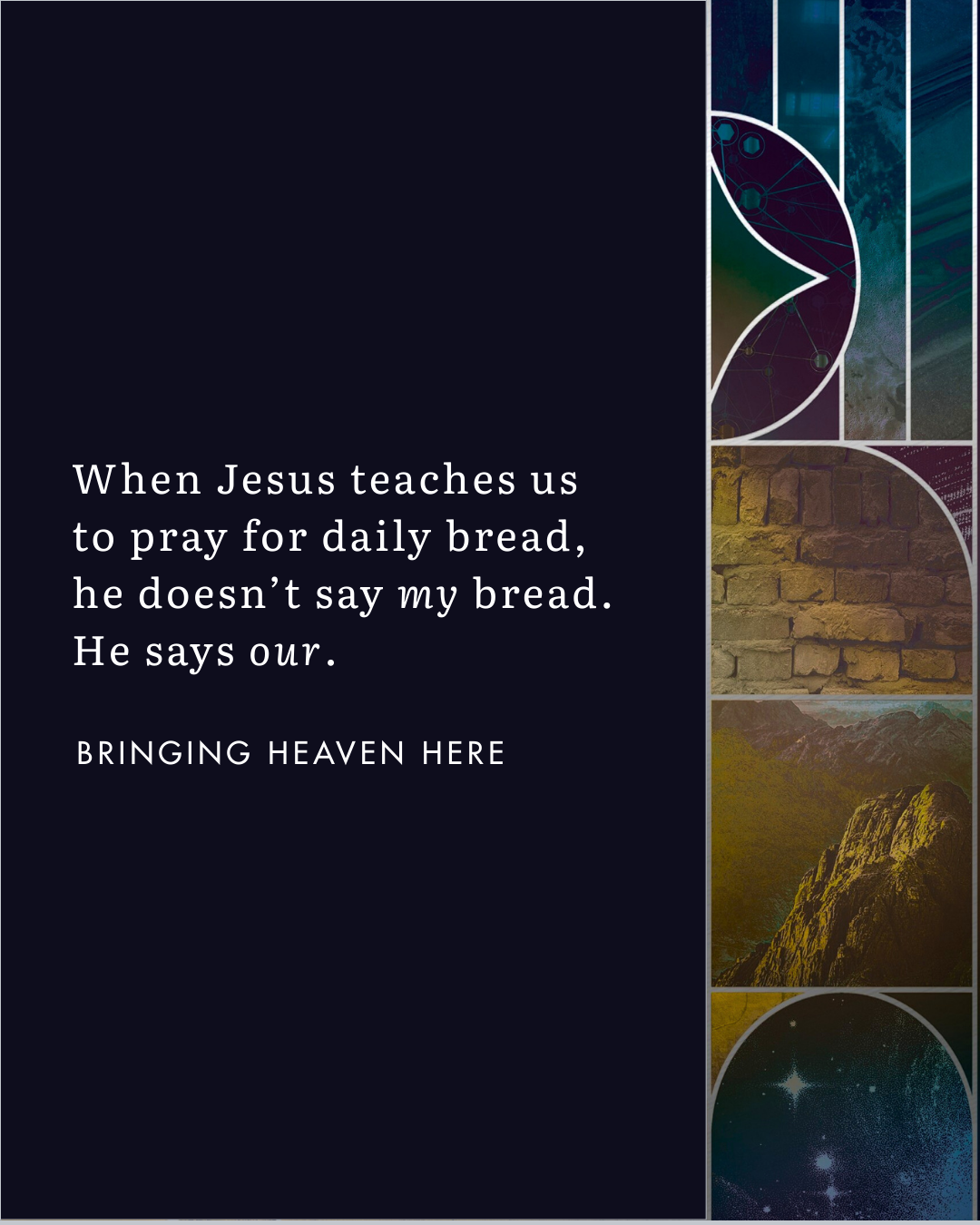Understanding the Original Context of the Lord’s PrayerSample


Linguistic Context
Words matter. The Bible wasn’t written in English. The Old Testament came to us in Hebrew (with parts of Ezra and Daniel in Aramaic), and the New Testament in Greek. That’s why we have so many translations—because no single English word can always capture the full depth of the original language.
But sometimes the difference isn’t in a word, but in the grammar. For example, when Jesus taught his disciples to pray, he didn’t say “My Father” or “Give me today my daily bread.” He said:
Our Father.
Give us.
Forgive us.
Deliver us.
The entire prayer is in the plural because faith isn’t a solo project. It’s a communal way of life. But that doesn’t come naturally to those of us who live in Western cultures that prize individualism and self-reliance. In her book Reading the Bible with Rabbi Jesus, Lois Tverberg writes, “English speakers have a habit of reading every you in the Bible as if it’s addressed to ‘me all by myself’ rather than ‘me within God’s larger community.’”
Jesus teaches us to pray in the plural on a daily basis so that we remember there’s no such thing as following Jesus on your own. This prayer re-centers us in community—reminding us that our story is tied to the flourishing of others.
Practice for Today: Each time you pray the Lord’s Prayer, think of at least one person in your life who needs daily bread, forgiveness, or deliverance. As you say us, imagine their face. Pray as if their need is bound up with your own, because in God’s kingdom, it is.
About this Plan

The Lord’s Prayer is the most well-known prayer in human history—but that familiarity can work against us. We assume we already know what it means, and in doing so, we miss the depth and power Jesus intended. In this six-day plan, you’ll rediscover the prayer through six lenses of context—history, geography, culture, language, literary design, and visual backgrounds—that open up its original meaning. As you explore these dimensions, you’ll see how this ancient prayer is not just words to recite but an invitation to step into Jesus’ mission of bringing heaven to earth.
More
Related plans

Hearing God Through the Christmas Story

Three Years in 30 Days: Jesus' Life and Mission

Advent Meditations: Joy

More Than a Name

The Single Season

What the Bible Says About Christmas - 31 Days of Meditations

14 Days in the Company of Elijah

Where Can I Find Wisdom? Film + Faith

Formed by the Game: 30 Days of Seeing God in the Liturgies of Sport
